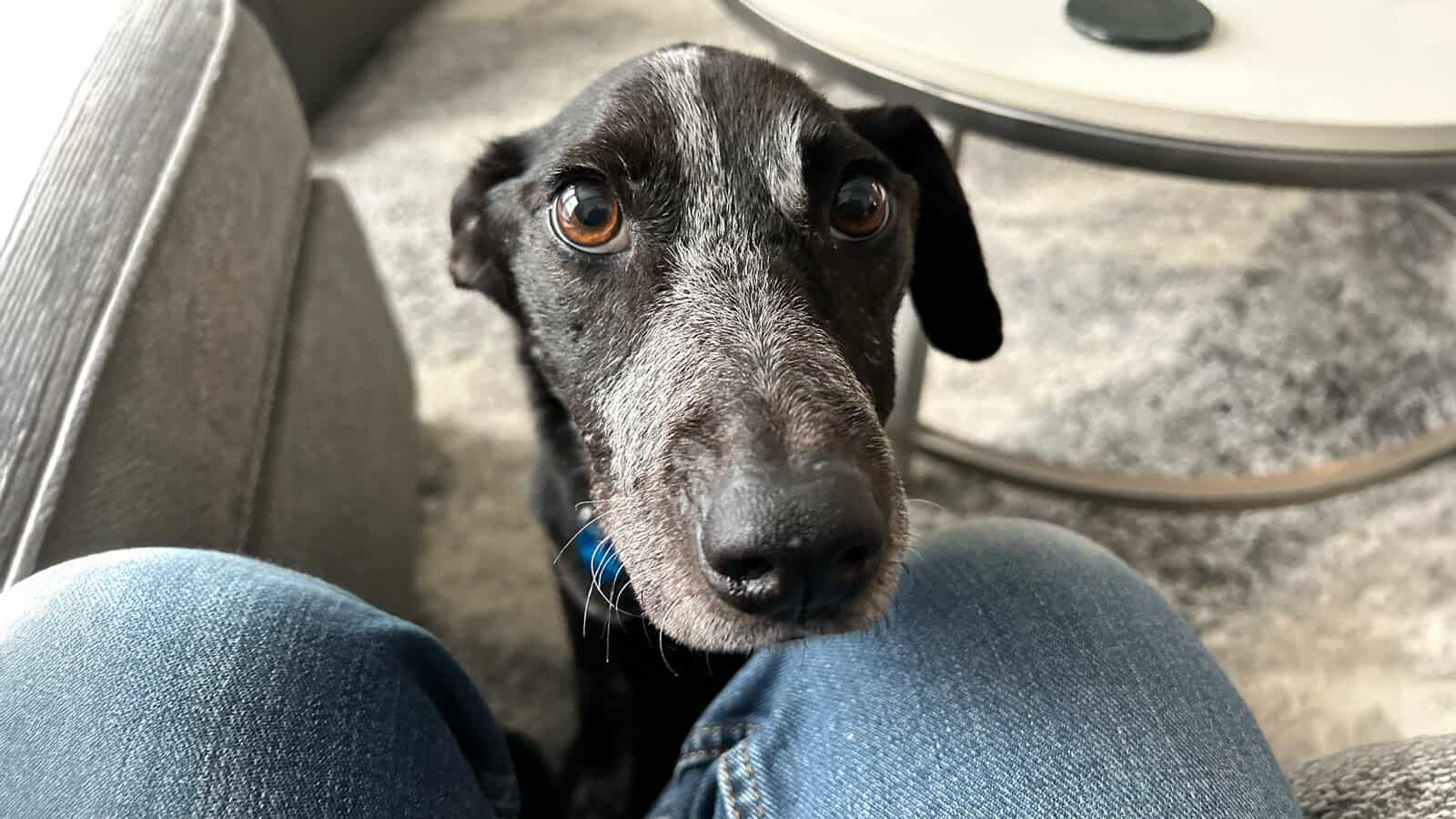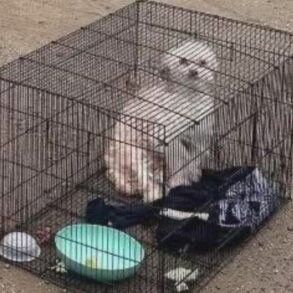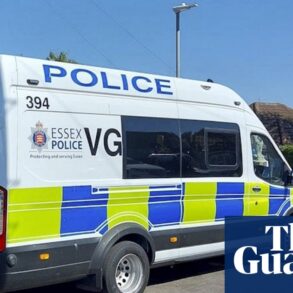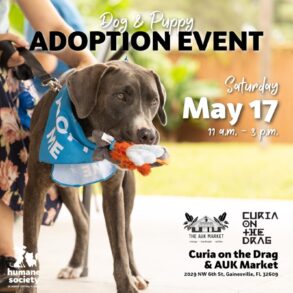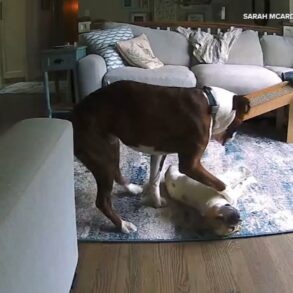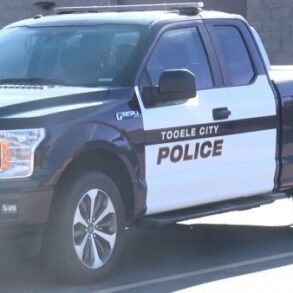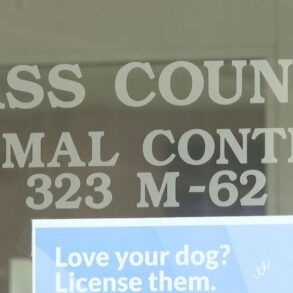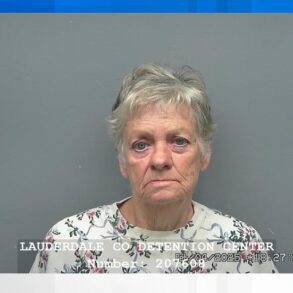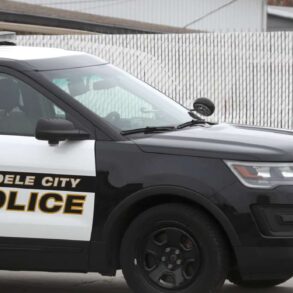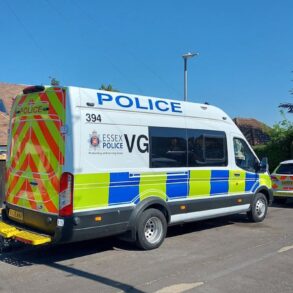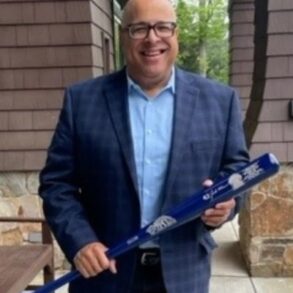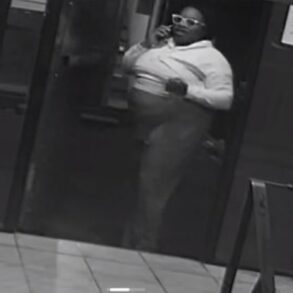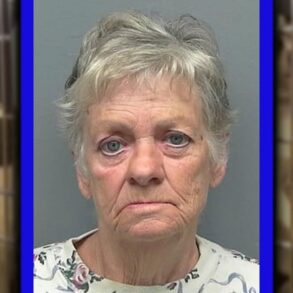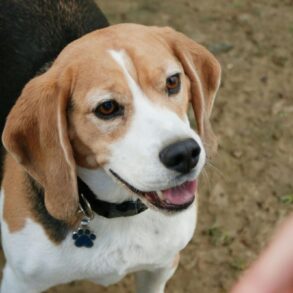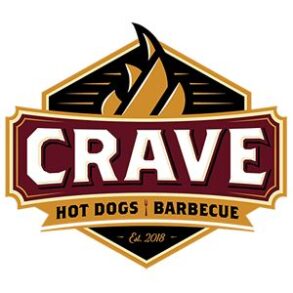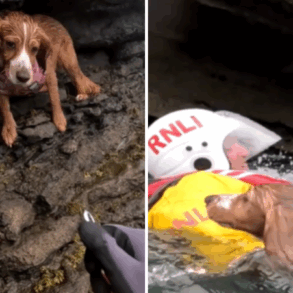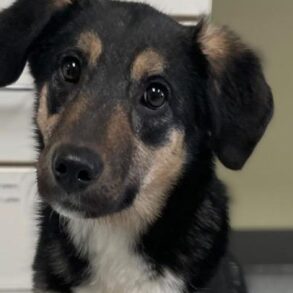Several years ago, during a string of 95-degree days, we bought a kiddie pool to lounge in while sipping cocktails. That lasted half of one afternoon.
Thirsty raccoons began hovering around the small backyard pool, even when we were in it. They became bolder, and we abandoned our plan. No way were we about to challenge fearless urban raccoons familiar with people.
The next day, the water was gone and they’d popped the pool.
If only I’d known then that I could have called the Progressive Animal Welfare Society — better known as PAWS — for advice. I’ve since learned that PAWS experts would have told us drain the pool and offer small bowls of water instead.
Lynnwood-based PAWS was founded in 1967 to raise money for spay and neuter surgeries. It has since evolved into an organization dedicated to rescuing and rehabilitating injured and orphaned wildlife; sheltering homeless pets; and promoting compassionate animal care.
Since 2021, PAWS has received $22 million from America’s Favorite Pet, a nationwide competition where pet owners enter their cats and dogs and make monetary donations for votes. The competition — presented by Colossal, a company that organizes competitions of all stripes — has helped PAWS touch the lives of more than 32,000 cats, dogs, and wild animals that came to the nonprofit, which also rehomes thousands of pets.
Last year alone, the competition raised $8.9 million for PAWS, which used the money to care for more than 3,600 wild animals and 30 orphaned baby owls; more than 3,000 cats and dogs; to expand its wildlife Rehabilitation Center to a 25-acre campus that cares for everything from hummingbirds to black bears; and expand educational programs by 40%.
As May is National Pet Month, Seattle magazine talked with Andi Anderson, PAWS’ senior director of philanthropy and outreach, about the work the nonprofit is doing.
Let’s delve into the history of PAWS: Back in 1967, pet overpopulation was a massive problem in our local area. A group of volunteers said they were tired of seeing free puppies and kittens at every single grocery store and hardware store, so they started to raise money so that they could raise awareness about things like spaying and neutering. They opened up a thrift shop, and people started bringing abandoned cats and dogs there. And then they decided to purchase seven acres of property in Lynnwood. We have since helped more than 330,000 animals in our area through adoptions.
How does the competition work? People participate in the competition, and folks can do donation votes to vote for their favorite pet. Funds come back to PAWS, and it allows us to do our lifesaving work. We were fortunate enough to make a connection with Colossal’s leadership back in 2020.
Why are pets so important in Seattle? Our region is so special in that we are lucky to live close to our wild and natural spaces. We get to interact with nature and natural spaces so often and so easily. But that’s means there’s a lot of opportunity for human and animal conflicts to arise.
Tell us about your wildlife rehabilitation program? I’ll give you two stories. Really special to my heart is a dog named Kiah. She’s a cattle dog mix. She was one of 60 animals seized in a big cruelty case in Mason County. Kiah was terrified and so emaciated. Our team said it was hard to find a place to even pet her because she was so thin and shut down.
It was an extended journey, but we put her in a foster home, and over the course of several weeks she slowly gained weight and even started counter-surfing in the kitchen, browsing for snacks, and got really good at begging with her puppy dog eyes. Her foster dad actually adopted her because they bonded so much.
Another is this baby black bear that came to us. He was found without a mom. He was thin and dehydrated, and when a baby bear is under 10 pounds there’s no way to survive in the wild on its own. He was actually one of the first animals to move into our new wildlife rehabilitation center. Every day that bear cub did hours of enrichment and skill building, and got to experience what it was like to grow up in an environment that was custom-designed just for him. He was released last fall into the wild as a big, healthy boy.
Final thoughts? Organizations like PAWS are able to kind of right set some of the harm that can be caused when humans and animals share their spaces. And that’s really what wildlife rehabilitation is all about. The overwhelming majority of the animals that come to our facility are ones brought in by members of the public who have seen that animal go through something.
This post was originally published on this site be sure to check out more of their content.




